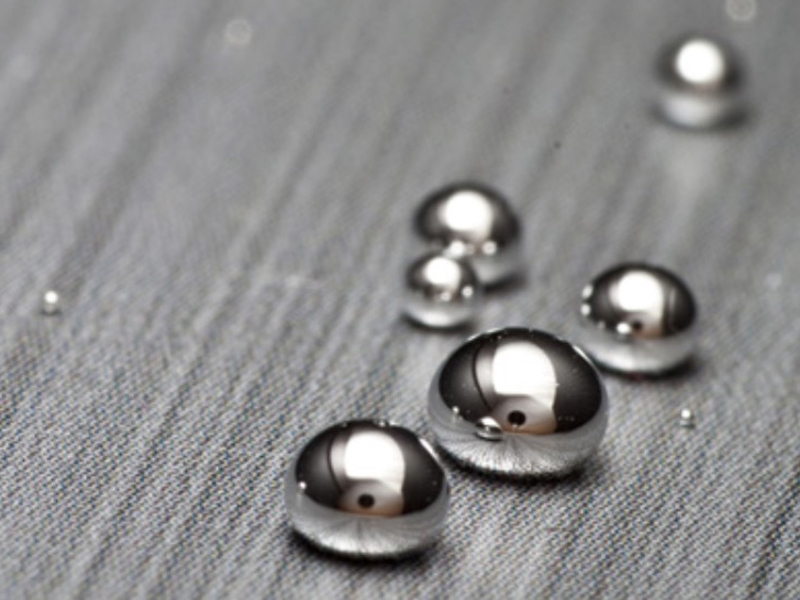

Almost all of the absorbed amount is excreted via urination. Half life in the body is only two months. The compound has a short half-life in the blood due to rapid distribution into body compartments. The other children did not exhibit any manifestations of the disease.Ĭhildren are always attracted to elemental mercury with its bright gray appearance. Therefore, NAC treatment was terminated after 14 treatment days. In follow-up visit the patient was asymptomatic without any clinical finding. Follow-up was scheduled for one week later. Physical examination and laboratory test results were unremarkable and she was discharged after 24-hour observation.


Her symptoms guided the treatment and her laboratory results took three days to be officially reported.Ī week after the discharge the patient revisited the ED due to recurrent abdominal pain. In the same day, blood was drawn and sent for mercury levels which turned out to be 30 μg/dL (normal range: 0 - 10 μg/dL in accord with the hospital laboratory reference). At the 7 th day of admission she was discharged without any sequelae or complaint. Chest X-ray and cranial computed tomography revealed no findings of disease.Īs serine or urinary mercury levels could not be tested in the city, symptomatic chelation treatment with N-acetyl cysteine (NAC) was instituted with regard to presumptive diagnosis and history. Neuropsychiatric abnormalities were not identified.Ĭomplete blood count, urinalysis, sodium, potassium, blood urea nitrogen (BUN), creatinine, aspartate aminotransferase (AST), alanine aminotransferase (ALT), bilirubin levels were within normal ranges. Neurological examination did not reveal any tremor, paresthesia, ataxia, spasticity, hearing and vision loss. Nothing was remarkable in her head-neck, respiratory, cardiovascular, or abdominal examinations. Her fever relieved after administration of 1 gr paracetamol given via intravenous route, while arterial oxygen saturation rose to 98% with supplemental oxygen. On examination, her blood pressure was 134/87 mmHg temperature, 40.2☌ heart rate 105 bpm and regular respiration, 18 bpm O 2 saturation, 96% with pulse oximetry at room temperature. The autopsy report disclosed a suspected mercury poisoning which might have led to cardiorespiratory collapse resulting in death of the infant. 24 hours after this event her baby got fever and died before admission to the hospital, without any specific diagnosis. Meanwhile, her mother breast-fed her 14-month old sister. She had played with the mercury, and then put it on the heating stove and watched its vaporization. One week ago her daughter had brought mercury in the liquid form from the school without permission from her teacher. Public education on poisoning and the potential hazards of mercury are of vital importance for community health.Ī 36-year-old woman presented to the ED with a three-day history of abdominal pain, diarrhea and fever. At the discharge day blood was drawn and sent for mercury levels which turned out to be 30 μg/dL (normal range: 0 - 10 μg/dL). As serine or urinary mercury levels could not be tested in the city, symptomatic chelation treatment with N-acetyl cysteine (NAC) was instituted with regard to presumptive diagnosis and history. Nothing was remarkable on examination and routine laboratory tests. Her blood pressure was 134/87 mmHg temperature, 40.2☌ heart rate 105 bpm and regular respiration, 18 bpm O 2 saturation, 96%. One day later, her 14-month old sister baby got fever and died before admission to the hospital. One week ago her daughter had brought mercury in the liquid form from the school. Case PresentatıonĪ 36-year-old woman presented to the ED with a three-day history of abdominal pain, diarrhea and fever. This article presents a 36-year-old case admitted to emergency department (ED) due to exposure to metallic mercury. Mercury poisoning can occur as a result of occupational hazard or suicide attempt.


 0 kommentar(er)
0 kommentar(er)
